Since its creation in 1961, the Jaeger Corps has been a highly regarded Danish military unit. Modeled after the British Special Air Service (SAS) and the US Rangers, the unit was established to be an elite corps of highly trained operators who could be used for various military operations, including long-range reconnaissance patrols, sabotage, direct action, and anti-terrorism. In this article, we will delve deeper into the history, training, and operations of the Jaeger Corps.
History
The Jaeger Corps (Jaegerkorps), a Danish military unit, has a rich history dating back to its inception in 1785 as the “Jaeger Corps of Zealand.” The force was formed to counteract threats from neighboring countries such as Sweden, Prussia, and Great Britain. The corps comprised skilled hunters and woodsmen trained to operate as light infantry.
Throughout its existence, the Jaeger Corps has undergone several transformations. Its current form was established in 1961 when Major P.B. Larsen and First Lieutenant Jørgen Lyng were the first to complete the training. During the Cold War, the Jaegers were known for their expertise in long-range reconnaissance operations, particularly in parachute missions. They also performed admirably in post-Cold War conflicts, such as their deployment to Sarajevo in 1995, to provide counter-sniper support.
In response to the rise of global terrorism following the 9/11 attacks, the Jaegers underwent modernization to enhance their ability to counteract this new threat. They honed their counter-terrorism skills while maintaining their proficiency in reconnaissance operations.
In 2002, the Jaegers and the Frogman Corps were sent to Afghanistan as part of Task Group Ferret in Task Force K-Bar. They were involved in various operations, including reconnaissance, observations, capturing high-value targets, and direct-action raids on Taliban and al-Qaeda strongholds. The Jaeger Corps’ contribution to Afghanistan’s joint special operations task force was recognized with the American Presidential Unit Citation in 2004.
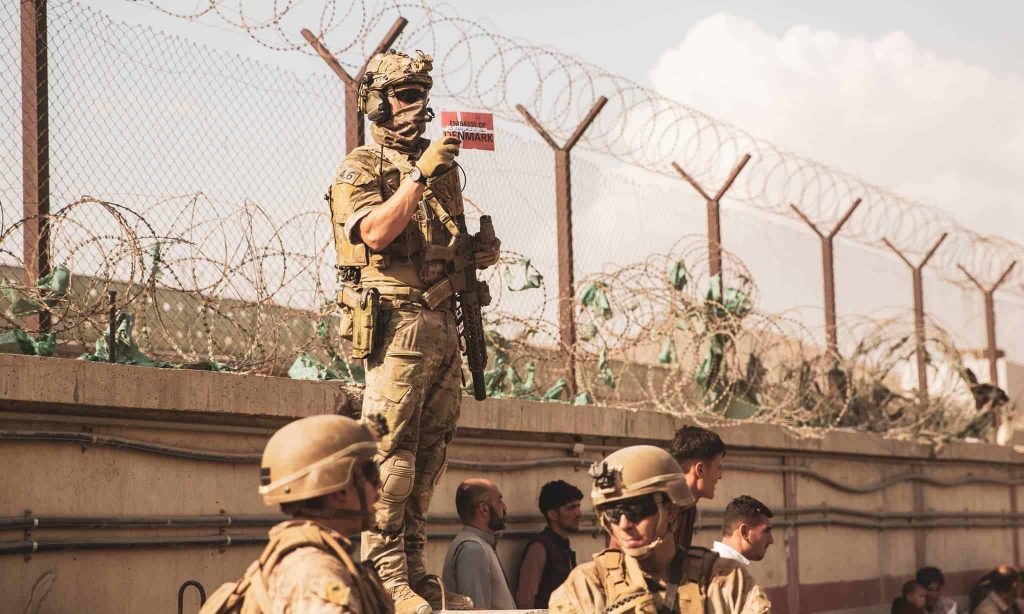
Sadly, the Jaegers have suffered losses, with the first death in combat recorded in 2013 when an explosion hit a Jaeger in Afghanistan. Four other Jaegers had previously died in training accidents.
The Jaeger Corps was established in 1961 following the attendance of Danish army officers at the US Ranger school and the SAS in England in 1960. The goal was to create a Danish elite corps, but the American model did not fit the Danish army’s needs. Instead, the Jaegers were used primarily for long-range reconnaissance patrols, although they could also perform special combat roles such as sabotage and direct actions. Danish soldiers were considered highly skilled, and limiting them solely to commando operations was deemed a waste.
Organization
The Jaeger Corps is an elite military unit comprising approximately 150 highly skilled soldiers specializing in combat tactics such as counter-terrorism, demolitions, parachuting, combat swimming, infiltration, sabotage, reconnaissance, and more. To maintain their expertise, the corps frequently trains with similar units from different countries, including the US Navy SEALs, US Army DELTA Force, British SAS, and the Danish naval special forces group, Froemandskorps (Frogman Corps).
The corps is structured and operates based on the British SAS. The Jaeger Corps’s unique Latin motto translates to “Rather to be, than to be seen” in Danish. This implies that the soldiers’ abilities do not need to be widely known or boasted about, as they are only more effective when their capabilities remain unknown.
The members of the Jaeger Corps are identifiable by their maroon berets with a brass emblem that features a hunting bugle on a black felt liner. After one year of satisfactory service and training, the wearer is authorized to wear the “JÆGER” shoulder patch and can identify themselves by this name. The unit’s insignia features a hunting horn, symbolizing their origins as hunters and woodsmen.
Training
The training of the Jaeger Corps is intense and rigorous. Until 1982, Danish soldiers were sent to attend the US Ranger school every year. However, they did not feel they were getting enough out of the course, so the last two Jaegers were sent to North Carolina in 1982. Several Jaegers finished as the top in their class at the Ranger school.
The Jaeger Corps training program focuses on physical fitness, marksmanship, tactical operations, and survival skills. The training is designed to push soldiers to their limits and beyond, preparing them for the harsh realities of combat. The soldiers are trained to work in small teams and to think on their feet, adapting to changing situations quickly. The Jaegerkorps is also known for its close collaboration with the British SAS, with whom they train regularly.
Selection
Becoming a Jaeger is incredibly demanding, requiring both physical and mental endurance. Prospective candidates must complete a series of rigorous courses before they can join the Corps. These courses include:
- Pre-course 1: This is a 5-day program that introduces candidates to the subjects covered in the patrol course. During this time, instructors assess the candidate’s strengths and weaknesses, such as orienteering and swimming, to determine their improvement areas.
- Pre-course 2: This 2-day course builds on the training and evaluation from the first pre-course. Candidates receive further instruction and assessment in the same subjects.
- Pre-course 3: In this 2-day course, candidates face tougher requirements and receive more training and evaluation in the same subjects as before.
- Patrol Course: The Course is an 8-week program with basic medical, demolition, and marksmanship training. Candidates must complete this course satisfactorily to progress to the aspirant course.
- Selection Course: The Selection Course is also 8 weeks long and covers advanced training in breaching, close-quarters battle, demolition, and sniping. Candidates who pass this course receive their “bugle” for the beret.
- Basic Parachuting Course: This is a 2-week course that teaches candidates the fundamentals of parachuting.
- Combat Swimming Course: This 2-week course focuses on combat swimming techniques.
Only around 10% of candidates who attempt to become Jaegers successfully complete the program and become full members of the Corps. Those who do are placed in the training wing for individual training during their first year of service. During this time, they receive further instruction in High Altitude Parachute Operations (HAPO), environmental training, advanced infiltration training, Joint Terminal Attack Controller (JTAC) certification, and additional communications skills. They also learn a hand-to-hand combat system called MTM combat, developed in 1992 by Peter Hedegaard in collaboration with two of the Corps’s close-combat instructors.
International Joint Training
Like other western Special Operations Forces, the Jaegers engage in joint training exercises with various NATO and Coalition SOFs. These exercises encompass diverse skills such as European reconnaissance patrols, arctic survival training, helicopter and parachute insertion techniques, hostage rescue training, Close Air Support training, and medical training.
Allied units that frequently engage in these practices with the Jaegers include US Army Special Forces, US Navy SEALs, US Army Delta Force, 22nd Special Air Service Regiment, Forsvarets Spesialkommando (FSK), Särskilda operationsgruppen, Kommando Spezialkräfte, Army Ranger Battalion, Netherlands Special Operations Command, and Special Operations Regiment (Belgium).
Operations
The Jaeger Corps has been involved in various domestic and international military operations. Domestically, the unit is part of the Danish anti-terror force and is to assist the Danish police’s counter-terrorist unit Aktions-Styrken (Action Force) in case of terrorist attacks. Internationally, the Jaegerkorps have been involved in numerous peacekeeping and combat operations, including missions in Iraq and Afghanistan.
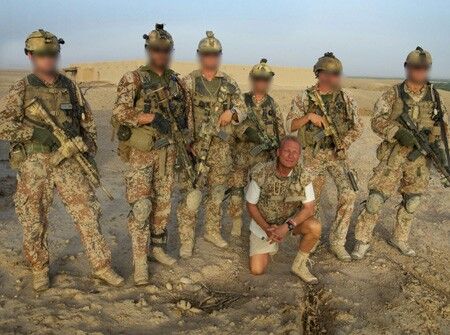
Due to the Danish Army’s lack of helicopters for larger troop insertions, it is common to see British and German helicopters over Denmark working with the Danish special forces.
Gear
The Jaeger Corps have access to various state-of-art weapons and equipment. During the ’90s, some of their weaponry included the MP-5SD, MP-53 (5.56mm version of the MP-5), H&K G41 rifle, H&K 13E machine gun, and Neuhausen Pistol. The equipment is designed to be lightweight and easily transportable, allowing the soldiers to move quickly and efficiently. The Jaeger Corps also has specialized survival gear, including GPS devices, water purification systems, and emergency medical equipment.
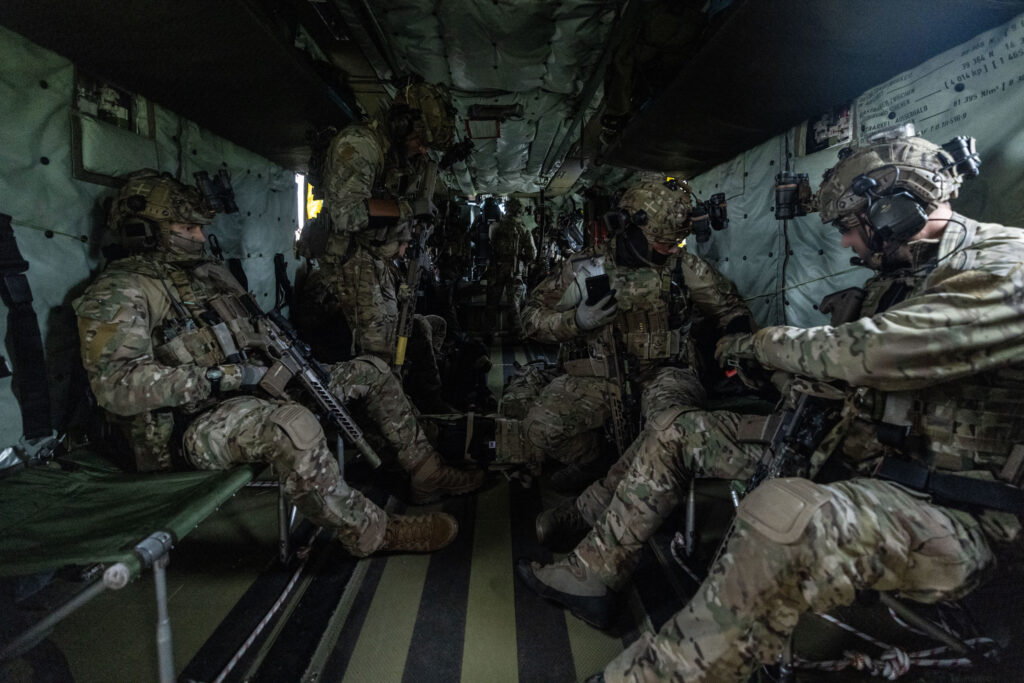
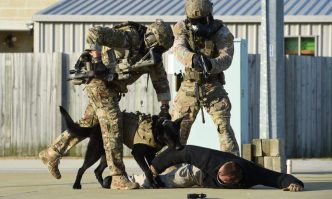
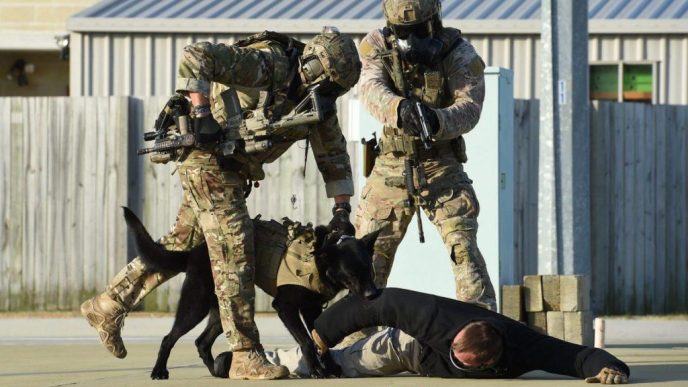
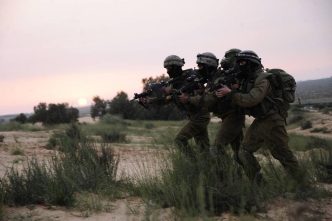
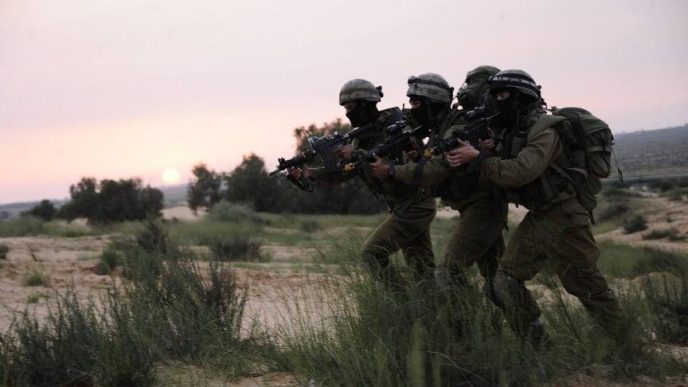
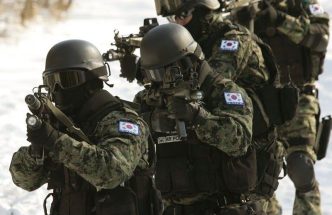
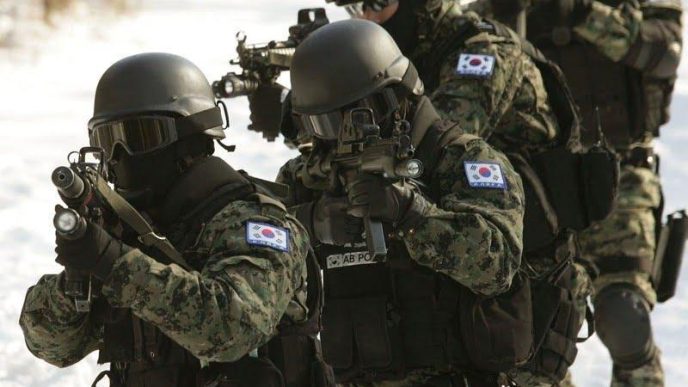
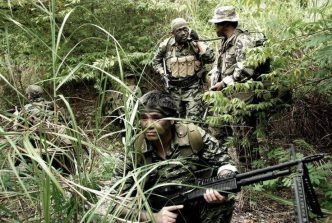
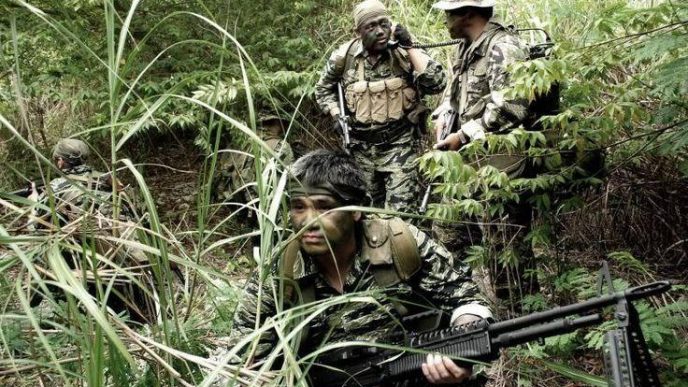
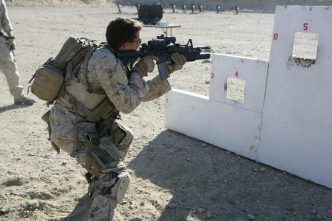
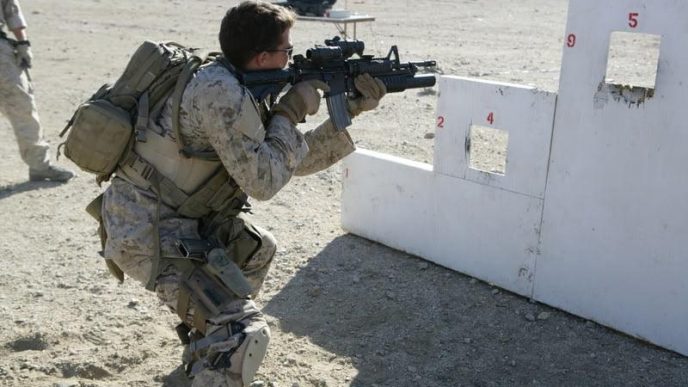
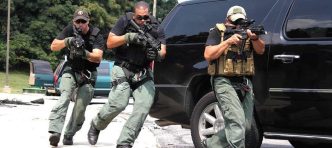
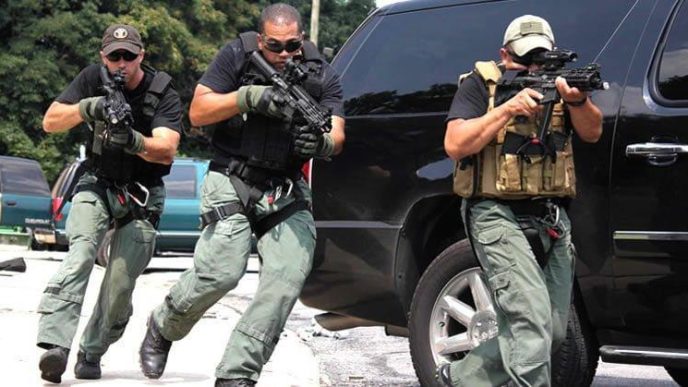
During the 1980’s, there were no pre-courses, Patruljekursus (patrol course) was longer and Jaegeraspirantkursus (jaeger course) was only 5 weeks. Weapons also included the MG3 light machine gun in 7.62 and Hovea M49 SMG in 9mm. The attrition rate has also improved, in 1985, 100 students began the patrol course with only 20+ graduating. 4 students began the following jaeger course with only 2 finishing, one of which went on to become a full jaeger. He was the 1st officer in several years to graduate from the courses. The other remaining student was an American soldier, who returned to the states after attending the static line airborne course. According to the instructors there were years where no student met the requirements and there were no graduates.